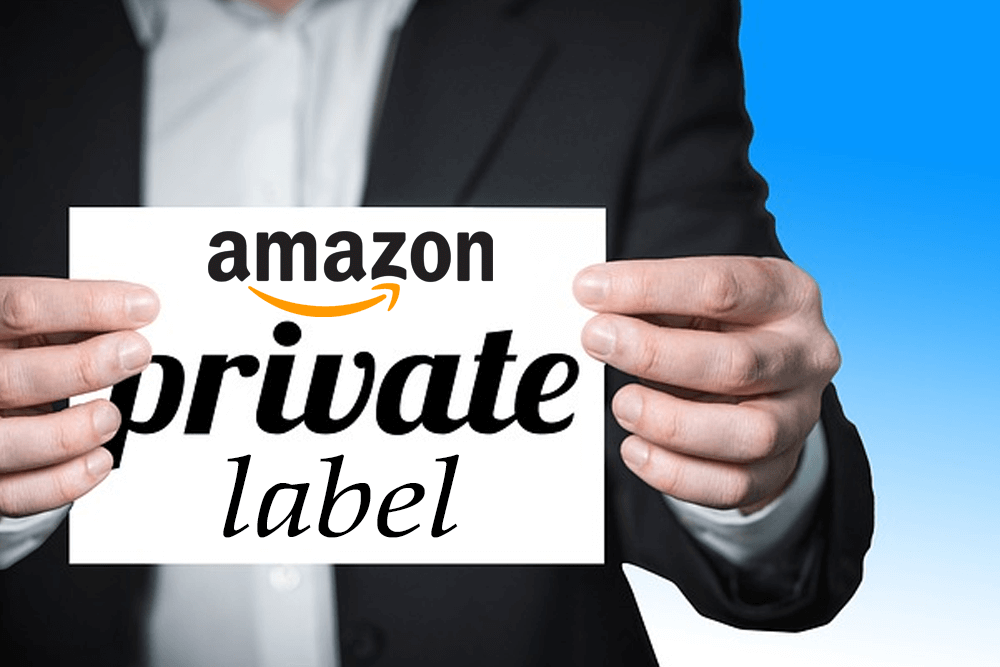
Selling private label products can be a good way to build momentum on Amazon, but how do you get started?
If you’re just starting out on Amazon going private label could be a great way to get a real foothold in the marketplace. It allows you to take advantage of the scale of the Amazon marketplace along with the speed and efficiency that comes from working directly with a manufacturer. However, some products will sell better than others and offer varying profit margins.
It is easy to get started selling private label products, but not so easy to get it right. You find a manufacturer who is producing a product, slap your branding on to it and, presto, you’re ready to go. It saves you time, money and effort. And, if you do your homework, it gives you a great product to get your sales off the ground.
But here comes the difficult part – you need to find a product that is going to sell well. Because sales metrics ebb and flow, it can be difficult to identify which products are going to move at a high volume. One thing you can do is look closely at a few particular categories to see which one is most likely to pay dividends.
Start simple, small and basic
To get started, you might want to consider going with a small and/or simple product. The great thing about these products is that they often qualify for Amazon’s small and light category. For FBA sellers, Amazon offers a number of attractive features with its small and light services. This is a lower-cost option, saving you both storage and fulfillment fees, allowing you to increase your profit margins. You can further decide if you want to pass your savings on to your customers by lowering the price (and increasing your sales!) or simply keep the difference as profit.
Small and light products often mean selling products that are a necessity – things like certain types of clothing or hygiene and beauty products will always be in demand, no matter the season. Selling a simple product in these categories will enable you to see a more consistent revenue stream.
Simple items are much easier and less expensive to manufacture and ship. They also have a much lower chance of breaking or being complicated to put together. In other words, simple items are a great low-cost option that helps you to lower the barrier of entry into the Amazon space.

Tweaking the best sellers
Amazon makes available a lot of information about the types and kinds of products that will typically sell well on the platform. Each category has a best seller — the one product that has out-performed all others in its sector.
Take a close look at these best selling items with an eye to improvements or adjustments that would add value. Read the product reviews and see what issues people are having with the item. If you can make these adjustments, you may be able to capture these sales. With this plan, you have taken a product with a proven track record and made it even better. This may mean you can charge slightly more or take advantage of a customer base that is already warm to the product.
It is essential that you are thorough in your research to avoid any copyright infringements. Furthermore, if you are trying to enter a market that is already crowded, you may find it difficult to make any headway.
Large and complex
If you’re feeling brave you may choose to go for larger and more complex products. These items carry risks because you will need to generate significant investment to even get started. The manufacturing, shipping, and storage costs for a large or complex product will be much higher than they would be with a smaller one. Similarly, if these products do not sell, you face potentially higher losses.
Doesn’t sound very enticing, so why would anyone even bother? Well, the potential rewards are much larger in this category. Buyers are more likely to leave feedback for larger items simply because they are more significant purchases and more likely to remain front of mind for longer periods. You’re more likely to see feedback for a good television than you are to see feedback for a hairbrush, for example.
The barrier to entry in this category can be quite high, but that also means the competition will be relatively low. This category includes some of the most sought-after items on Amazon like electronics, power tools, or the latest gadgets.
You will have to do your homework and perfect your business model. But, if you manage this, you are likely to see good sales right out of the gate.

Making a difference
These three options, each in their own way, can help you win the private label game.
The necessary methods for success may differ slightly, but the basic rules are simple: You need a product that is different from established brands and offers customers something they cannot get anywhere else.
The online consumer is spoilt for choice and they typically have more options than they need. To succeed with private label products, you need to do something different that adds value in a way your competitors are not.
Most of all, your product needs to be better than all the others. All the marketing or sales tactics won’t save a product that is no good. Customers who purchase a faulty product will not hesitate to vent their frustrations in a product review. Just as you are monitoring your competitors’ reviews for ways to develop your private label product, you need to monitor your own reviews. This will tell you how your products are being received and help you determine with products have promise and which ones are best left by the wayside.
Make monitoring your Amazon account easier with instant notification by starting a free trial of FeedbackWhiz today.

0 Comments